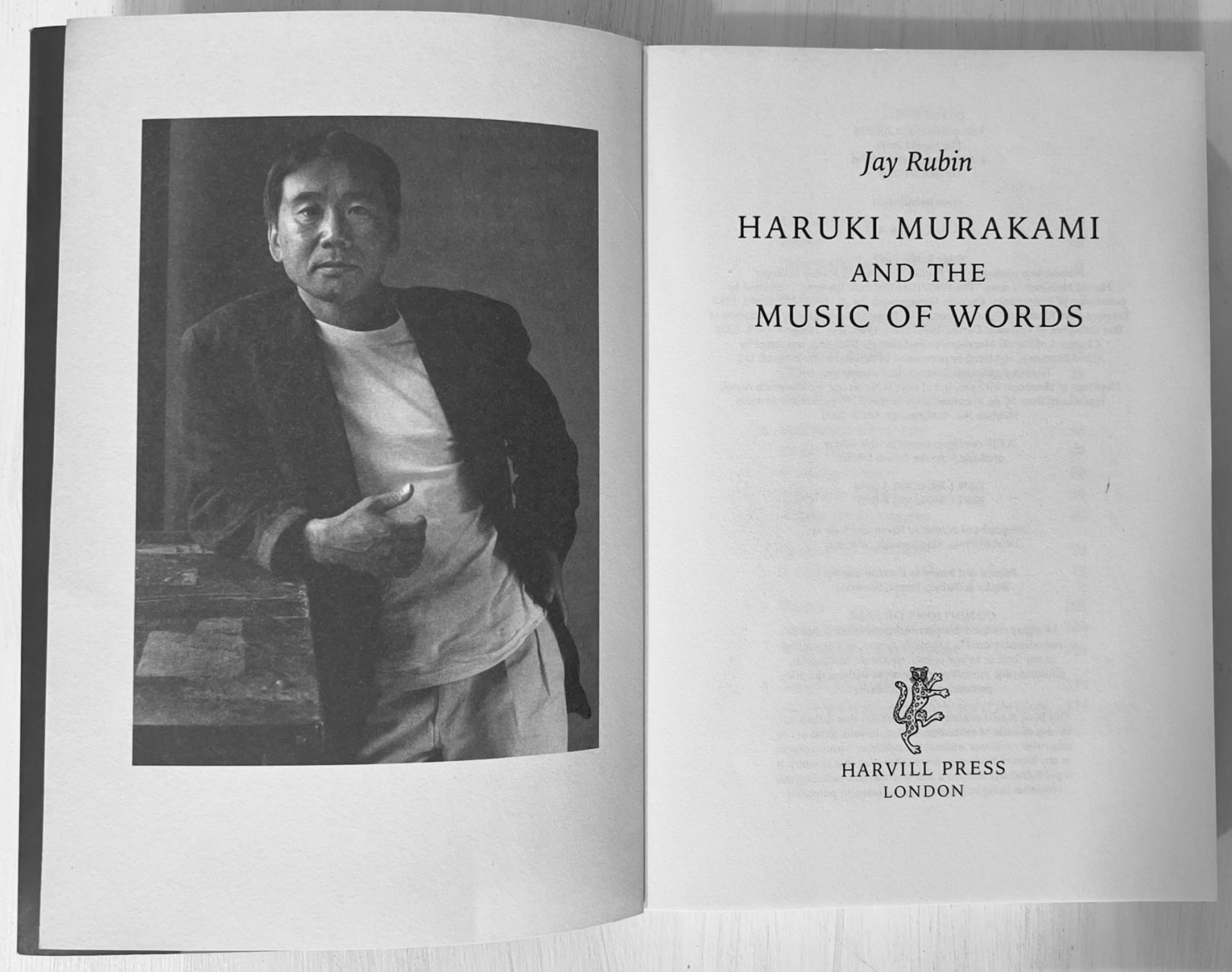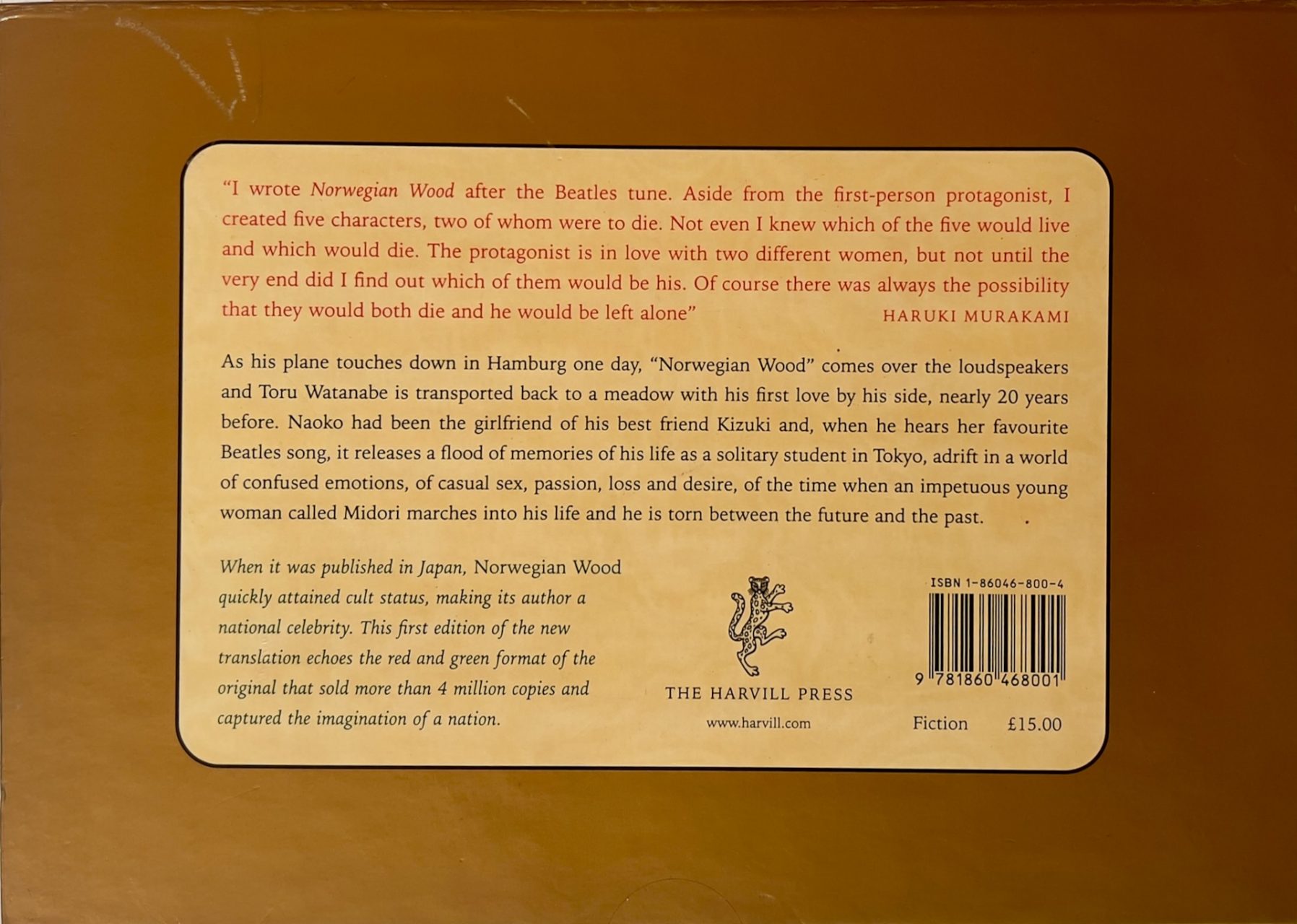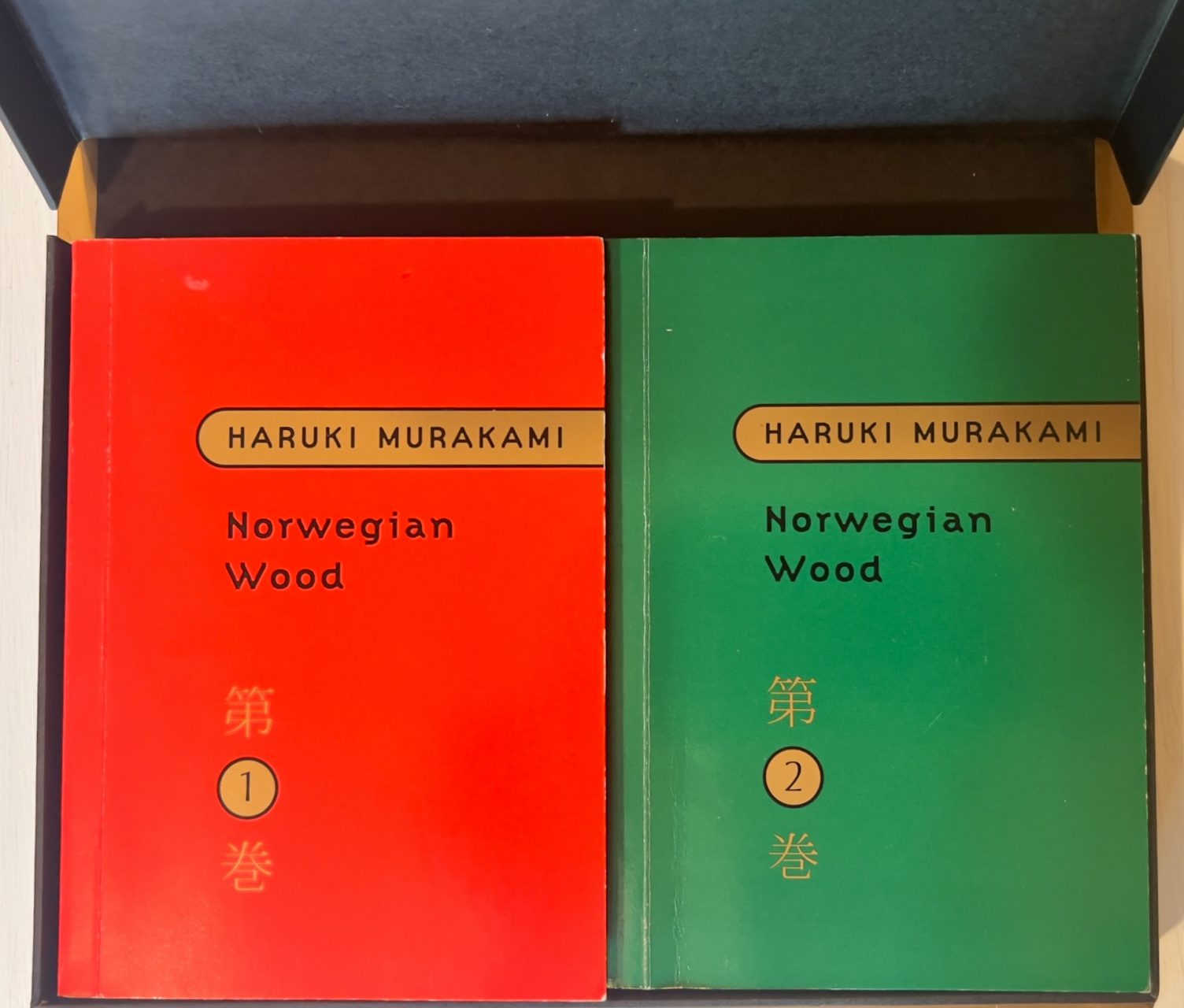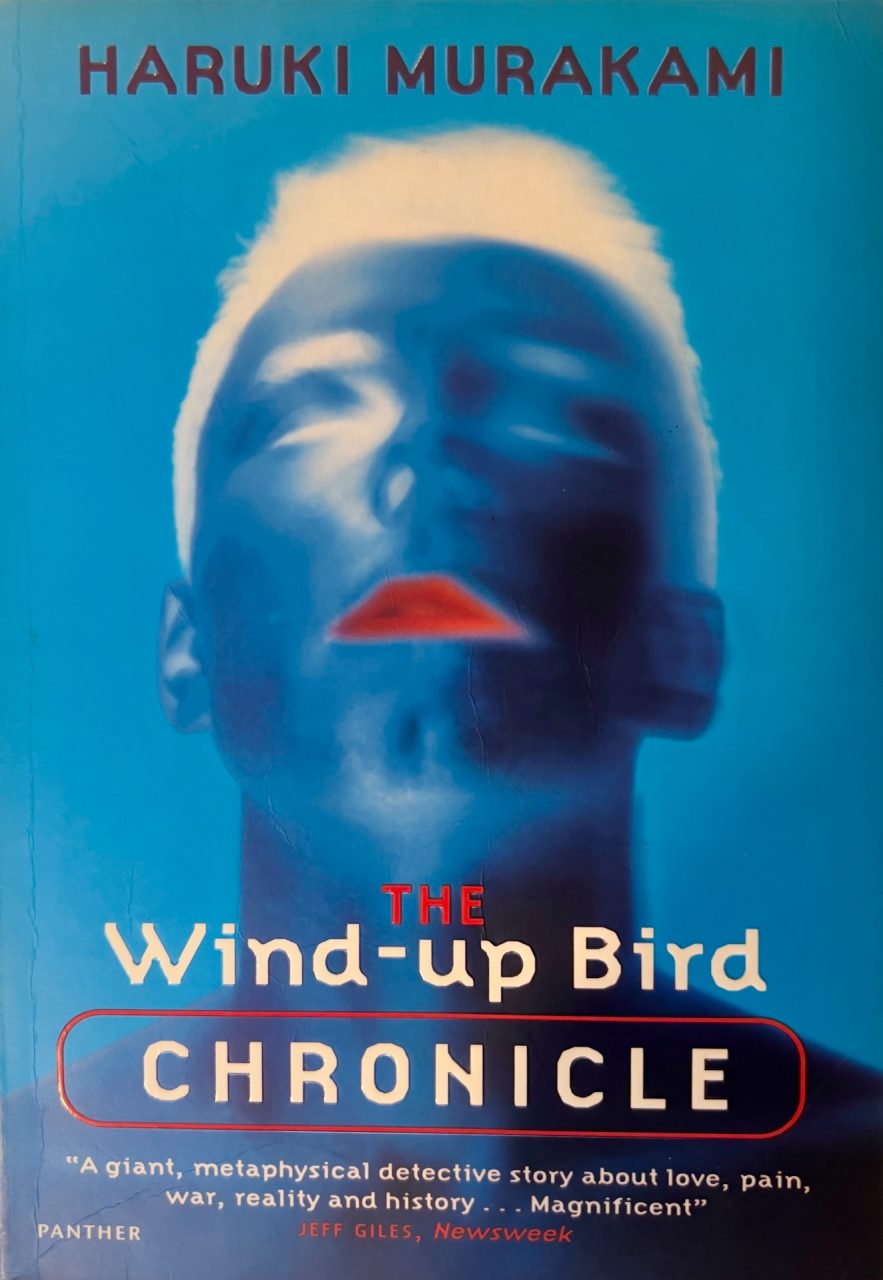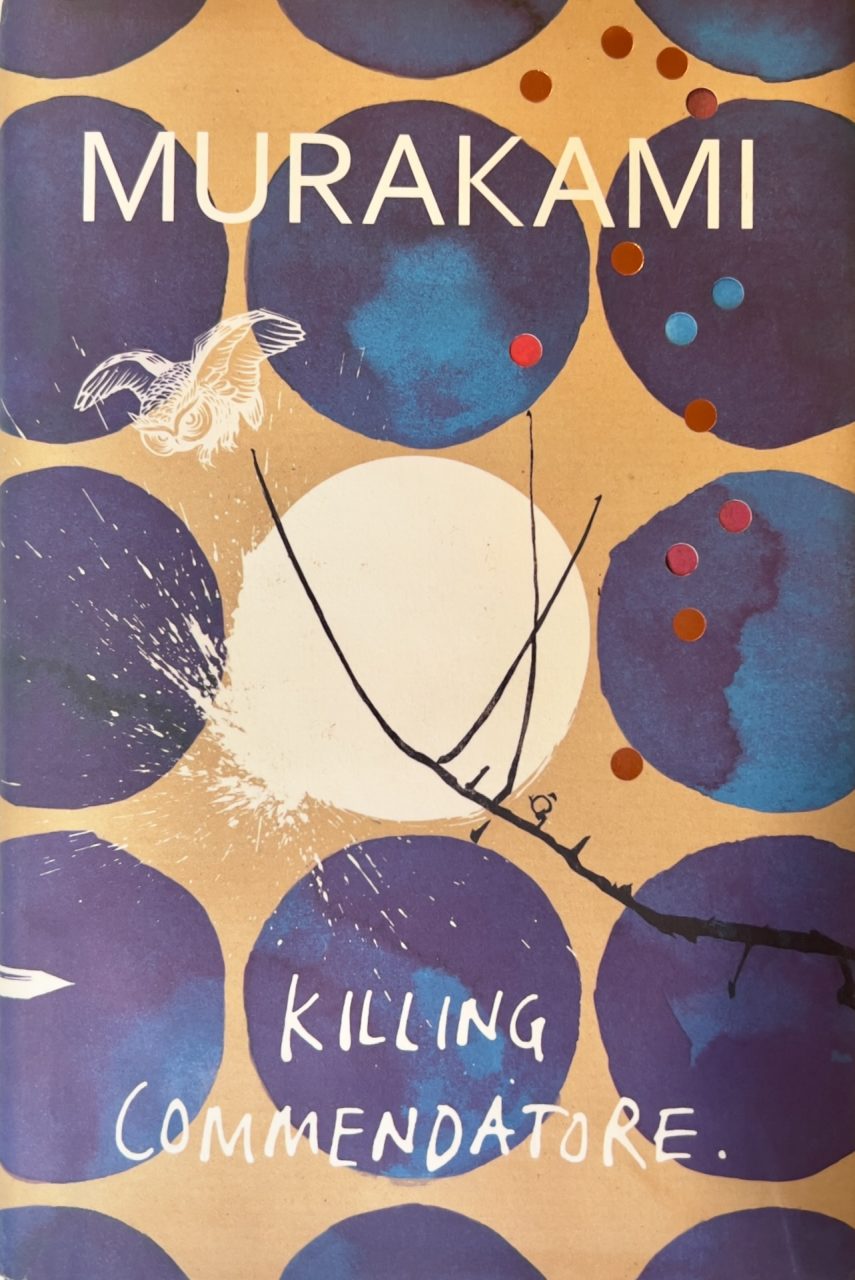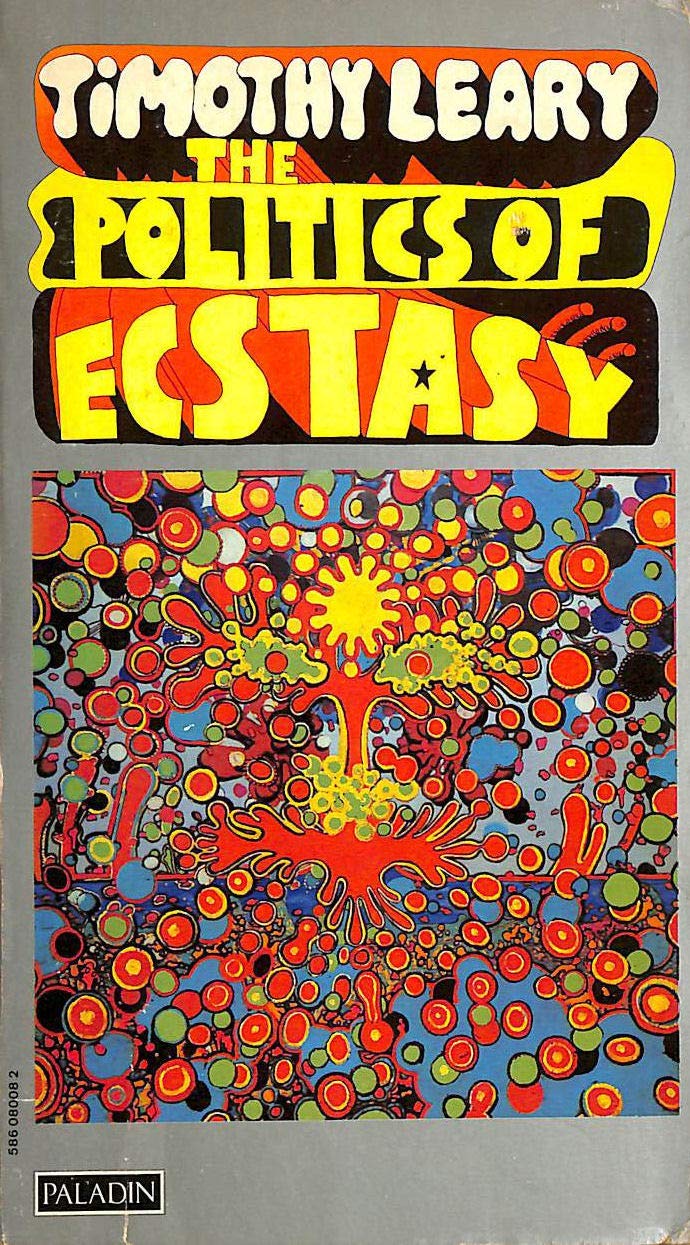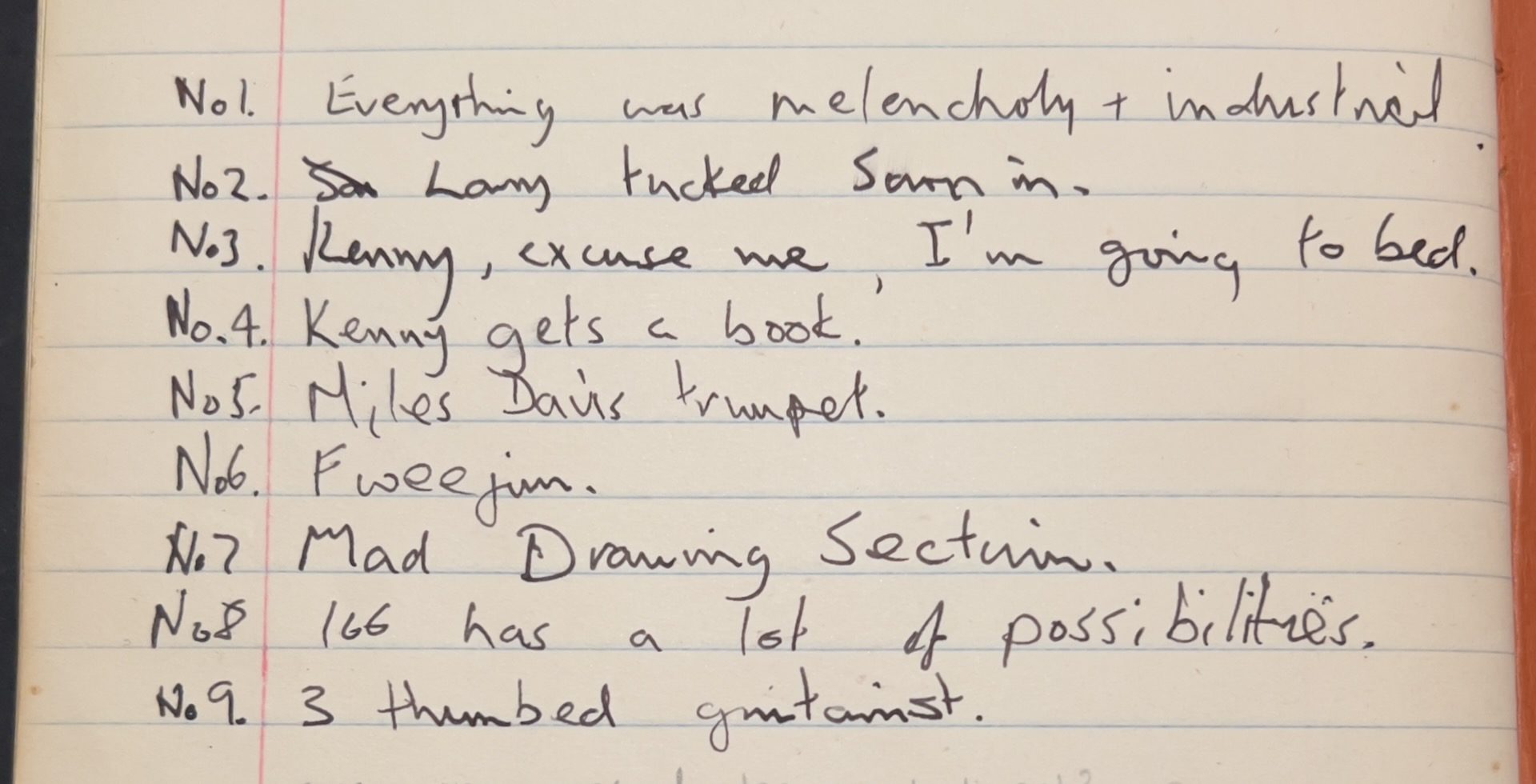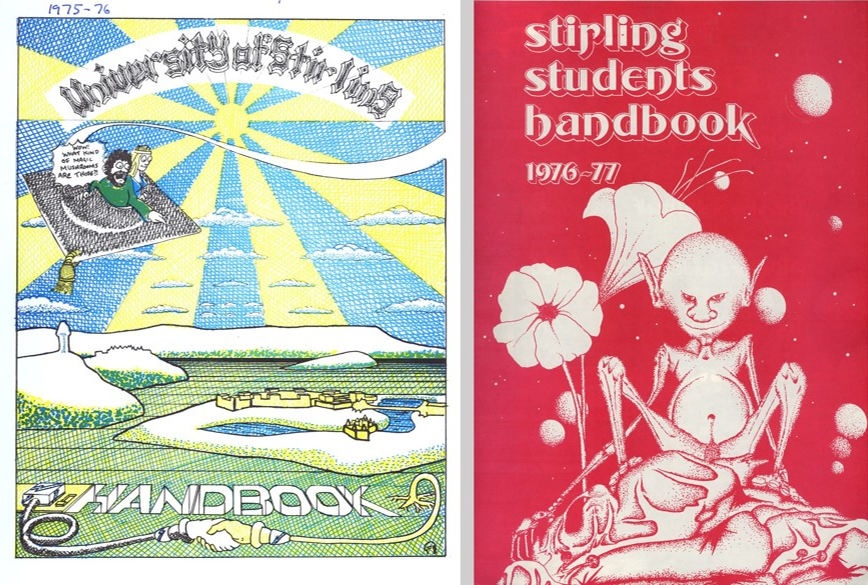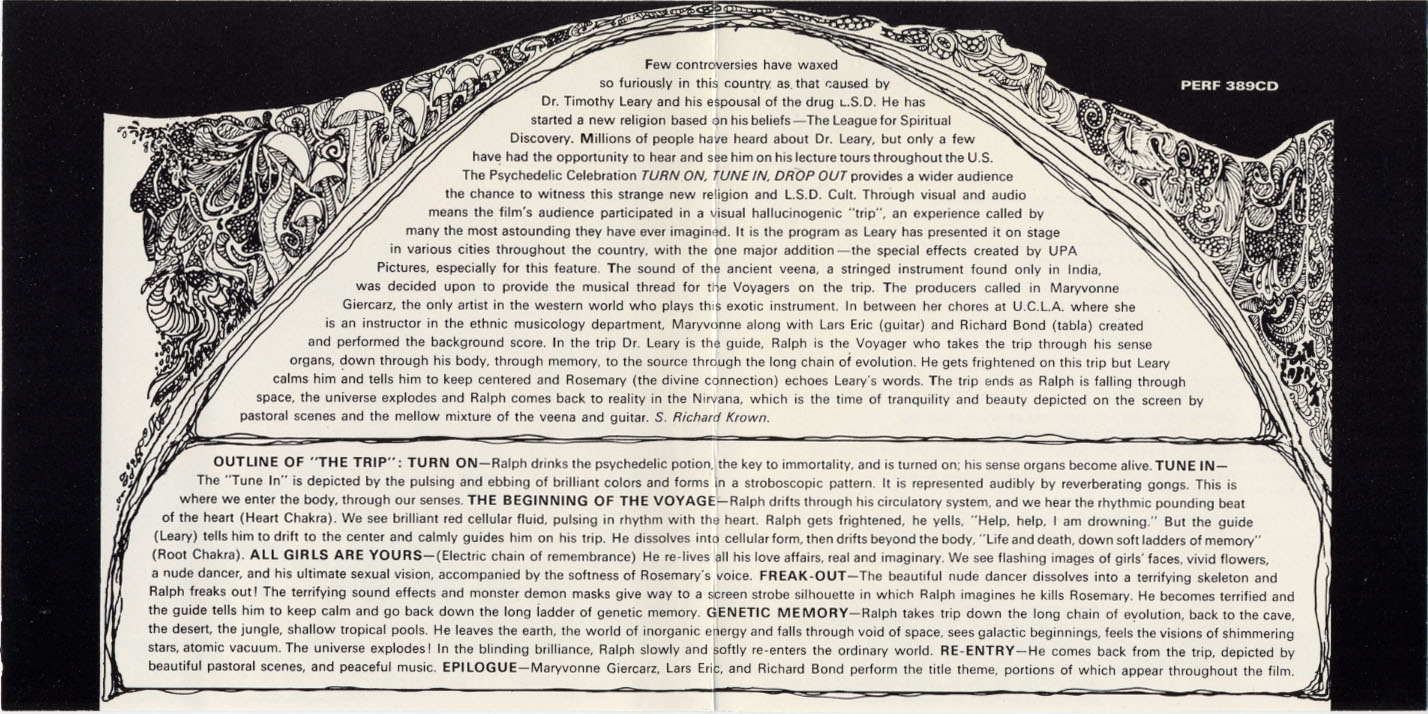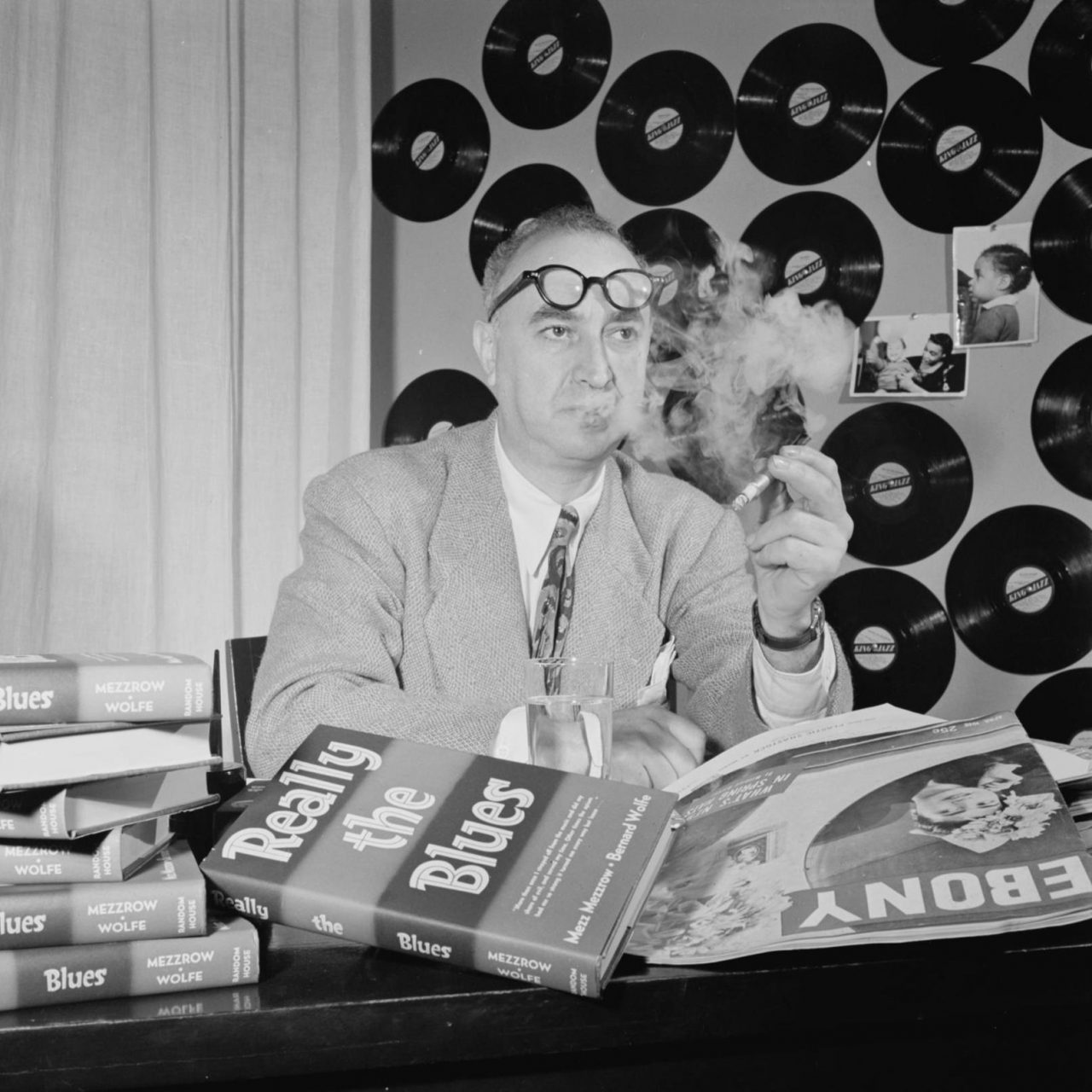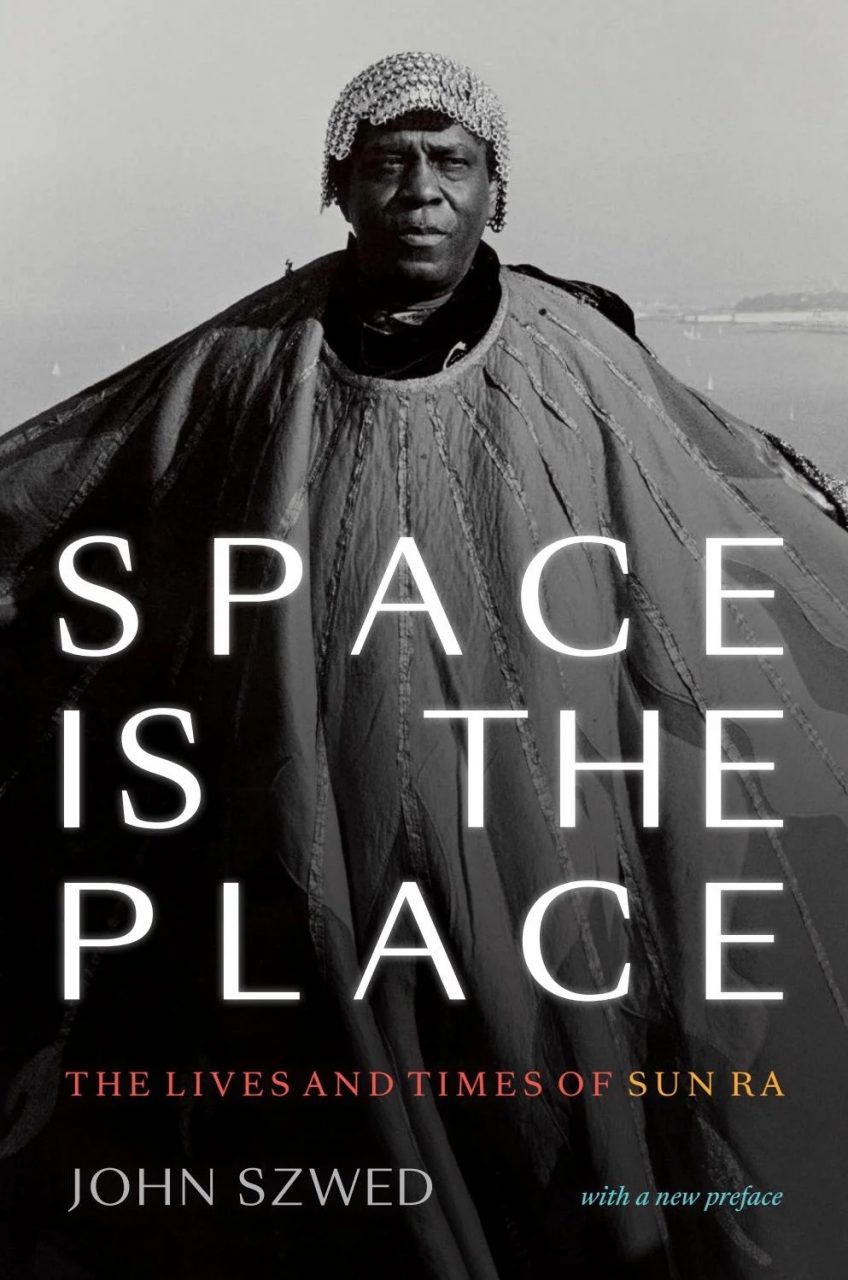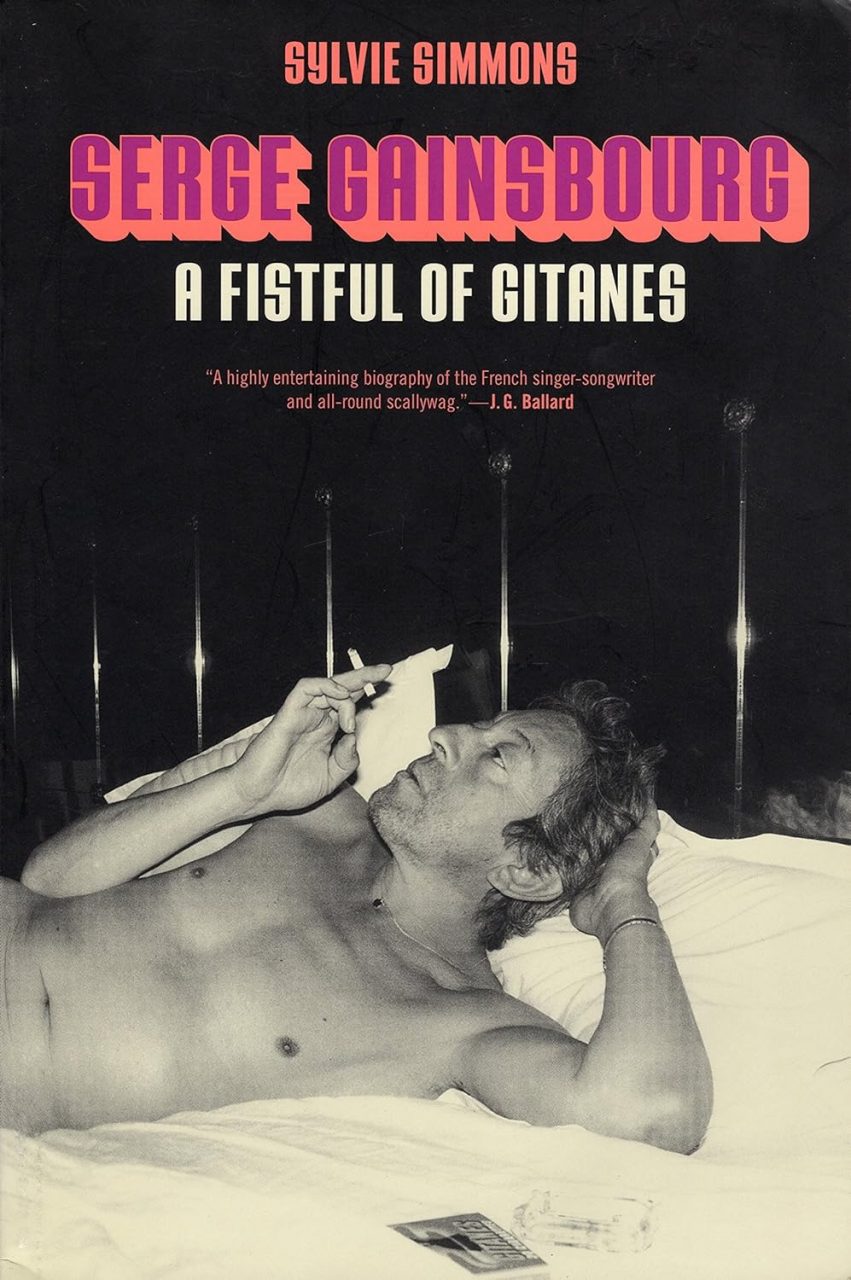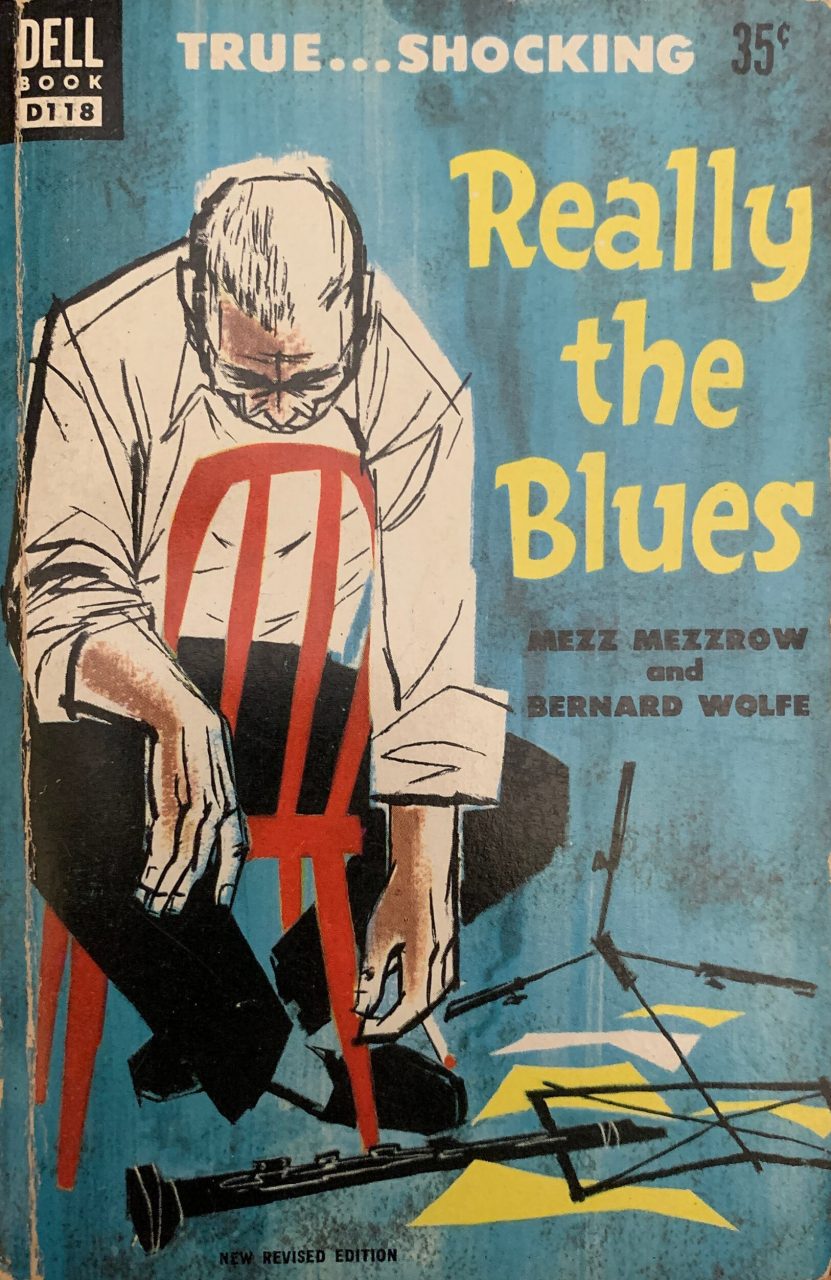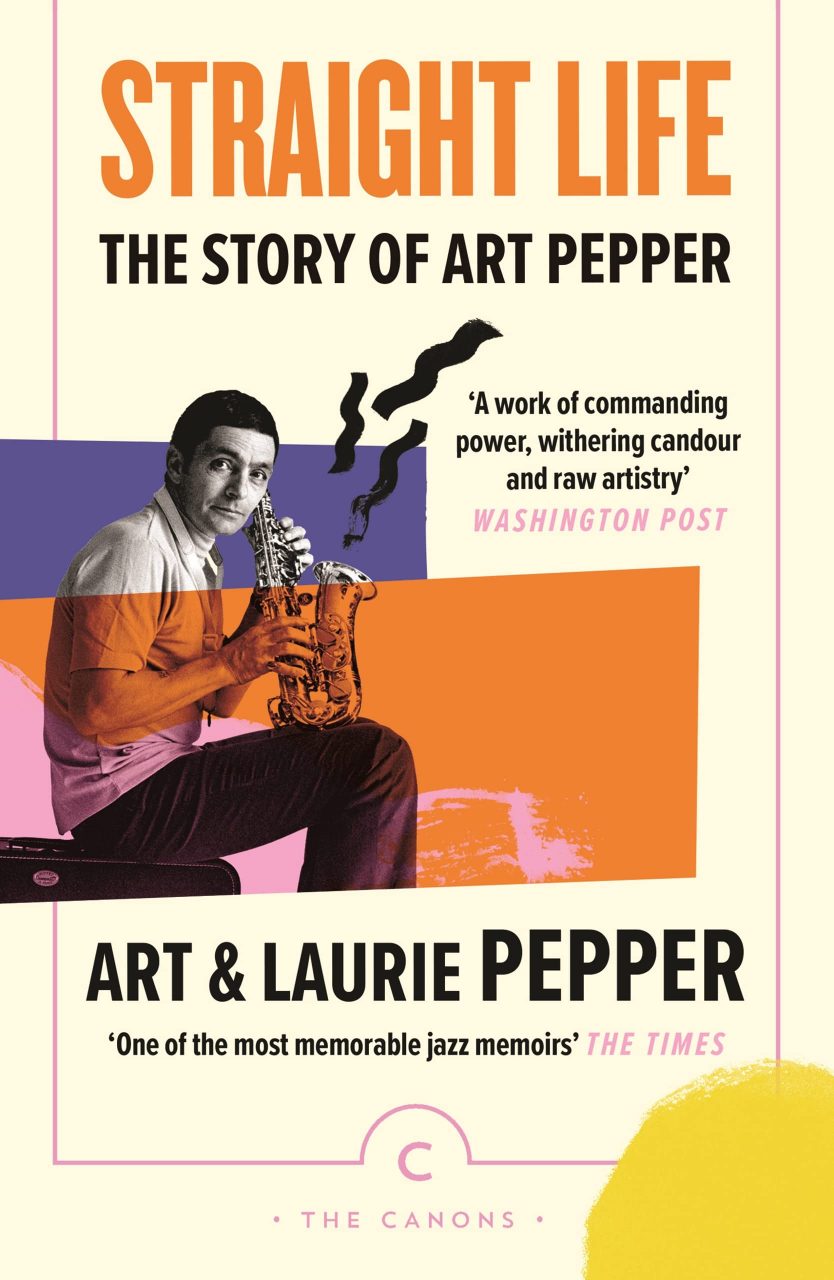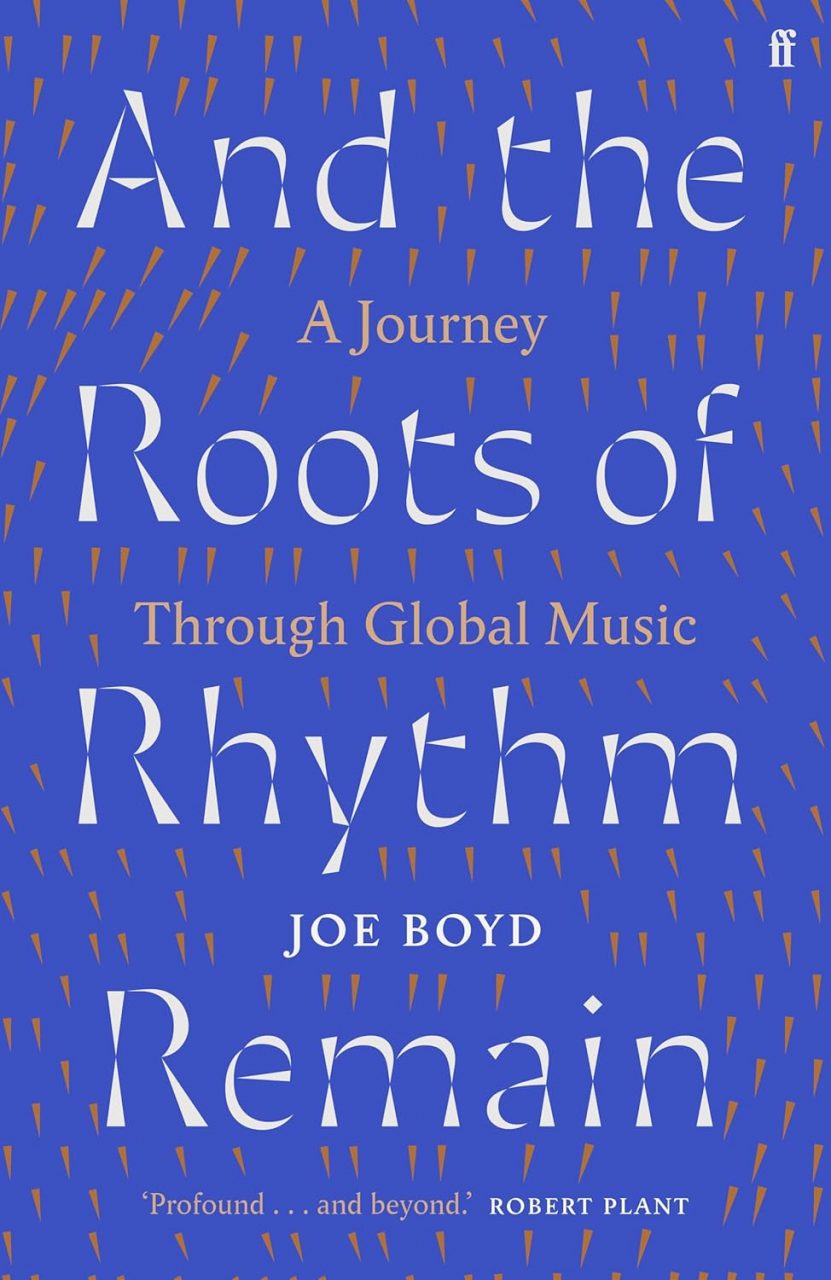First Rule of Life Club
1. Never talk about any of these things

This is a story rarely told, yet apparently we nearly all do it. The subject may upset you, if so stop reading now. The subject of wanking aka masturbation aka self-abuse has not been covered in most of my reading, and in my researches I have only found two recent articles which mention it, by Lily Allen and Giles Coren. In 2009 NHS Sheffield published a controversial leaflet called Pleasure stating “An orgasm a day keeps the doctor away”. A more recent booklet titled Masturbation (see above) expresses the current medical opinion succinctly: “Masturbation is a natural, healthy expression of sexuality, which can have a large number of health benefits, not least that of sexual pleasure.” Anyway, for better or worse, here is my personal take on the subject, of which the keynote is honesty. I hope it will be amusing, informative and kinda bizarre.
I have no particular memories of erotic stimulation before my adolescence, although it was a subject of mystery and fascination. Come adolescence and the floodgates opened and haven’t closed since. The utter shock and mess of my first ejaculation was totally unexpected, despite having been told the “facts of life”. Obviously they had censored a few chapters, I soon realised. A veiled enquiry was made to my mother, and I gathered that everything was normal and I was perfectly healthy. “Night emissions” were apparently to be expected from someone of my age. However I found all the semen a great inconvenience, and it made masturbating in bed rather problematic. I decided to use the toilet, where tissues were available. A box of Kleenex by the bed was not a good look in those days.
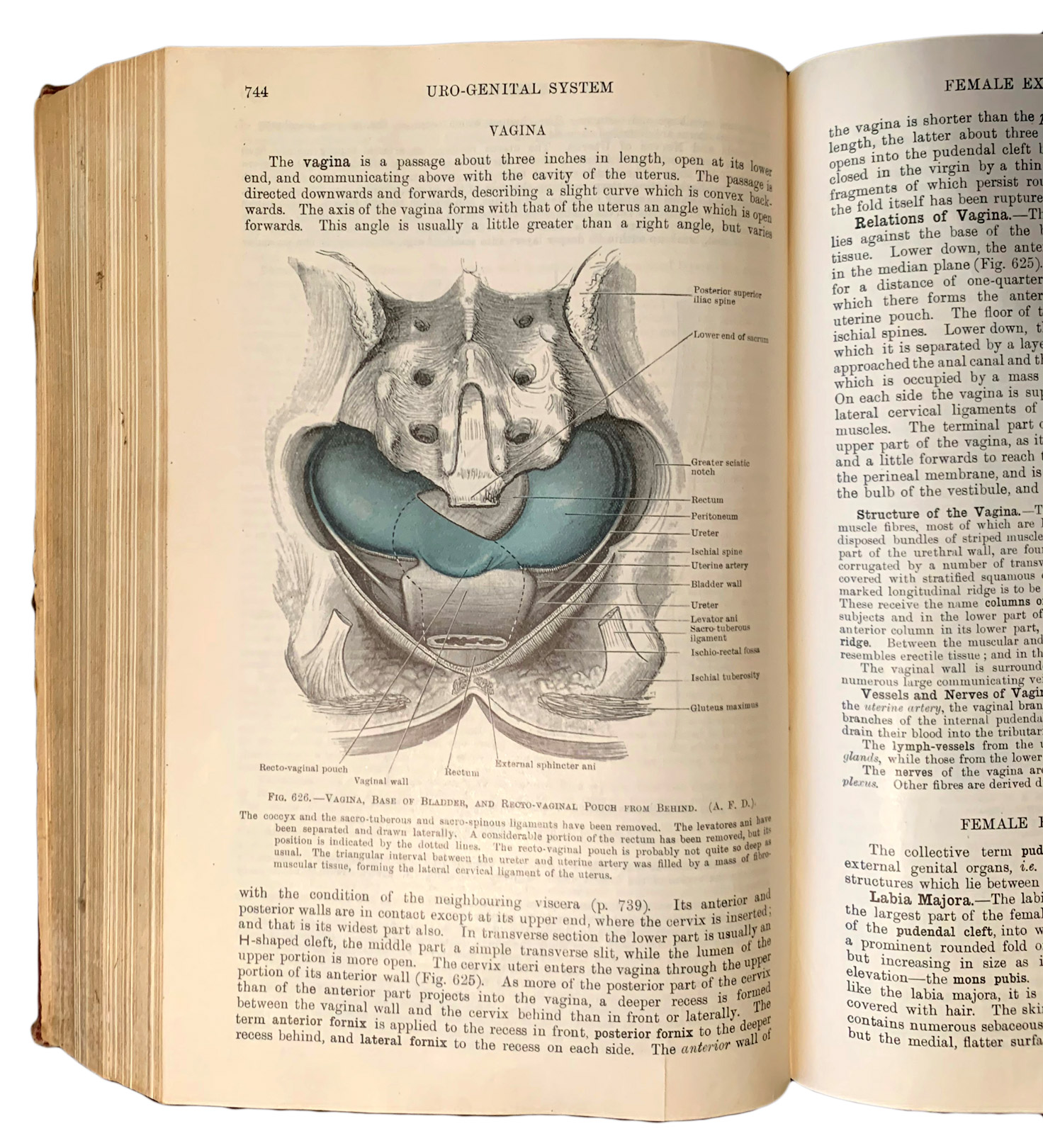
Anyway new doors and avenues of exploration were opening before me, but where could I find real information? I had no idea and amongst my peer group it was either a no-go area or just filled with nudge-nudge wink-wink big boys talk. I was on my own and for me the answer was books. I tried the dictionary and yes in those days it simply described masturbation as “self-abuse”, which wasn’t very helpful. However my father was a doctor and I found a huge volume called Cunningham’s Text Book of Anatomy from the Oxford University Press 1937. This 1500 page academic tome was well illustrated with photographs of naked men and a whole chapter on the Uro-Genital System with graphic illustrations. It was highly informative, but not very sexy. To make up for that I found on the bookshelf nearby the classic photo documentary book The Family of Man, created by Edward Steichen for the Museum of Modern Art in 1955. Now I am sure this was not the intended usage of a book documenting the greatest photographic exhibition of all time, but already on page 3 there is a naked lady lying in a forest. There is a lot of reality, wonder and romance in the many photographs, but of much more importance to me at the time was the appearance of a few naked ladies. I was desperate.
Expanding my search through the bookshelves I finally found a cache of sexual classics, not hidden exactly, but well out of the way. These books were to be my window on a hidden world. I started with the Kama Sutra which proved interesting, but rather frustrating, not sexy enough. There was also The Jewel in the Lotus by Allen Edwardes, written in 1959 and apparently a historical survey of sexual culture in the East. More down to earth and sometimes plain obscene was The Perfumed Garden by Sheik Nefzawi, a fifteenth century Arabic sex manual, translated in 1886 by Sir Richard Burton. Now this book was really the business, both serious and lascivious, I found it very arousing. Of course I could not take these books away, I could not not wank while reading them, they had to be read surreptitiously and immediately replaced in the bookcase. They were my secret. Then I discovered Walter, My Secret Life. This book was closer to home, allegedly being the memoirs of an unknown Victorian gentleman and his erotic life, involving many prostitutes and brothels. It has been prosecuted for obscenity many times and was only finally legally published in 1995. This was an edited two volume set, apparently there were eleven volumes in total and Wikipedia describes it as “one of the strangest and most obsessive books ever written”. Opening the book at nearly any page there was a panoply of detailed sexual encounters.
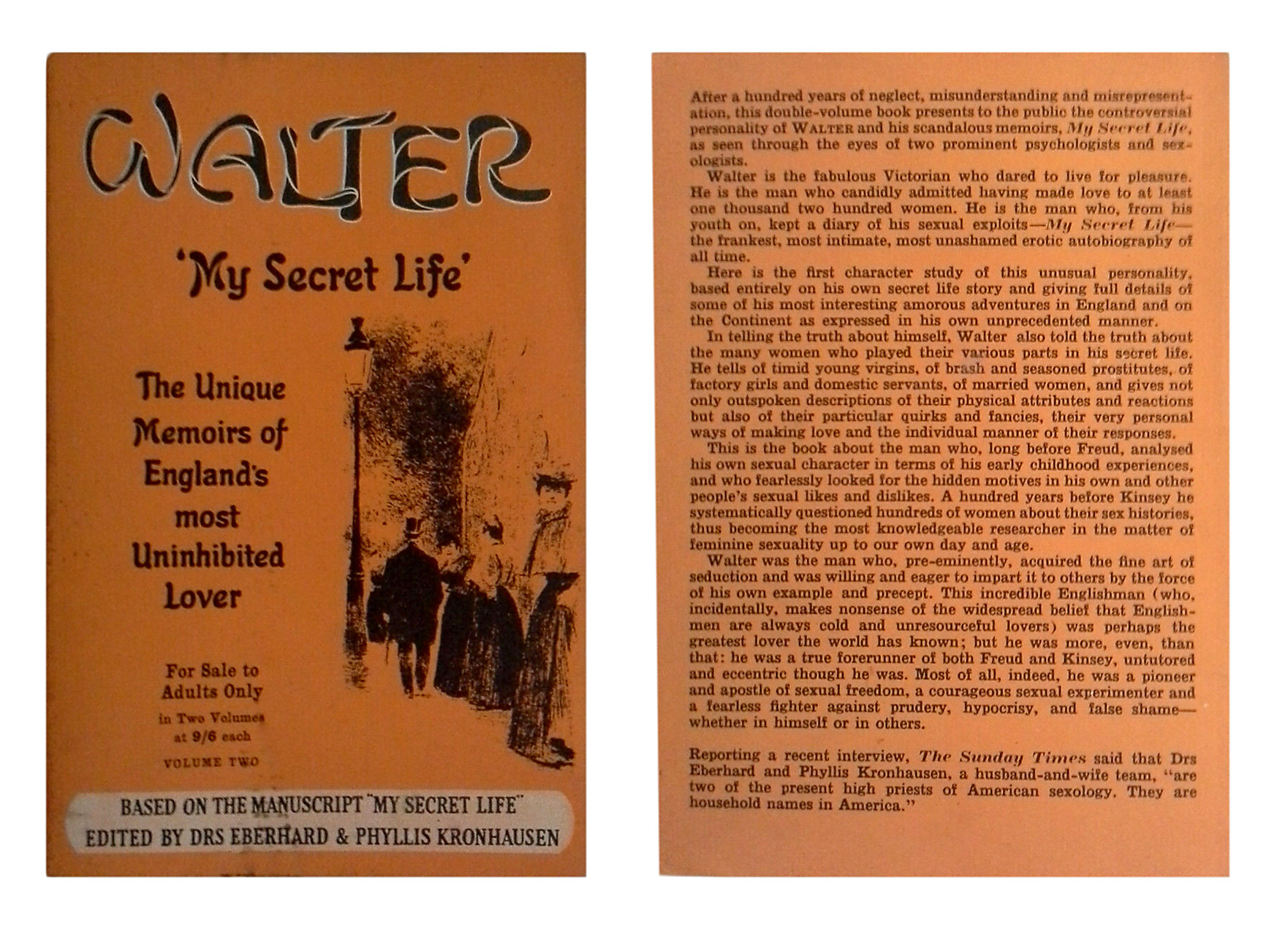
So after the brief period of night emissions I would get home from school, read a bit from the from the naughty library, carefully replace the book and then retire to the toilet with a Sunday Colour magazine or a copy of Vogue. In retrospect I am pretty sure my mother knew what I was up to, but nothing was ever said. At this time, and for many years, I did not have any “dirty“ magazines. I was far too intimidated to purchase them, if not too young, and in any case there seemed to be no safe place to hide them. This was not the case at school, where there was a lively blackmarket for copies of Parade. This remarkably cheap pinup weekly, had originally been named Blighty Parade and aimed at servicemen. A bit more raunchy was Fiesta, which as the cheapest “porno“ magazine (bare breasts only at the time), became very popular. The sexuality portrayed was down to earth and blatant, reinforced by having the first Readers Wives section. Playboy was occasionally available, but regarded as too expensive, classy and American, although with better printing. I believe it was the centre spread from Fiesta, which was attached to the inside of the new boy’s desk in our class, who had no truck with such publications. We all enjoyed the look of horror on his face, yet the irony was that he would become the biggest heart throb in our school only a few years later. At the time he would not believe that his parents could possibly have had sex. O tempora, o mores!
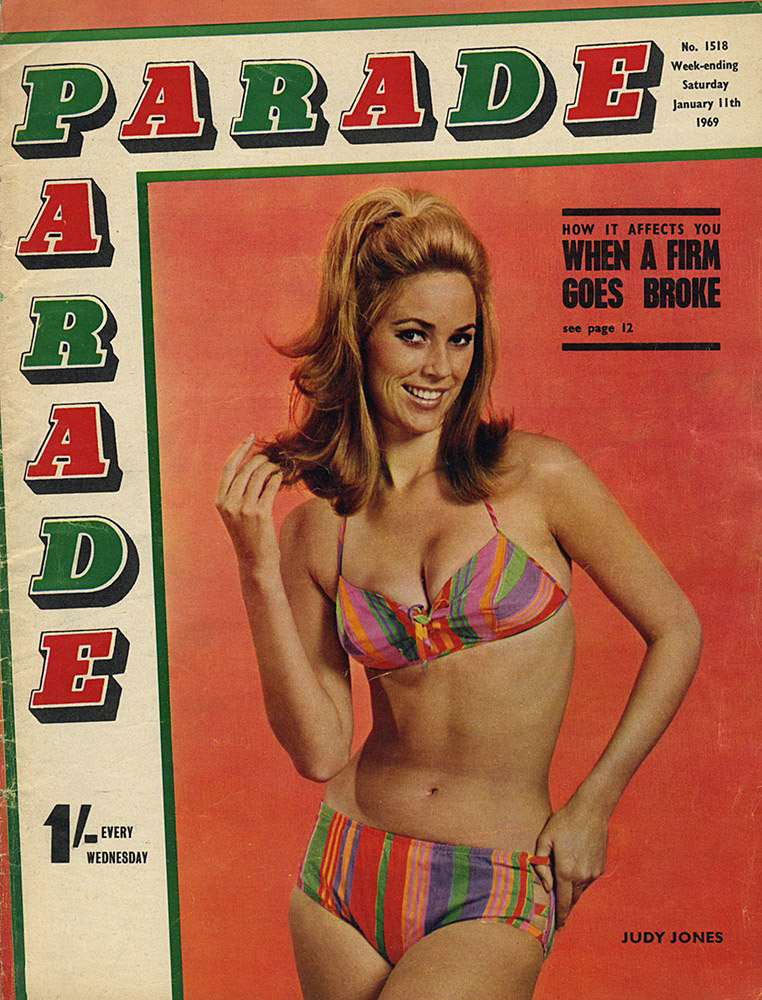
Sex education at school was relatively farcical, and none of the teachers wanted to undergo the embarrassment. Different teachers tried, they all failed, there was no textbook. As part of these occasional lessons we were invited to write down our questions on bits of paper, to overcome our own apprehension. I wrote “What is menstruation”, leading to a prolonged bout of blushing by our teacher when read out in class. I never did receive an accurate explanation, although I already knew the answer. There was one event of note which has stayed with me, there was a school cinema trip to see Helga, a West German Federal Government sex education documentary. This was a very graphic movie including a live birth, and we needed special permission to see it, being under age. Pretty sure my parents had to sign the dispensation, and as a result only half the class made it to the cinema. It taught me more about sexuality than any of our lessons, and I was very taken with Helga herself. For many years this was the most explicit movie I had the privilege of seeing.
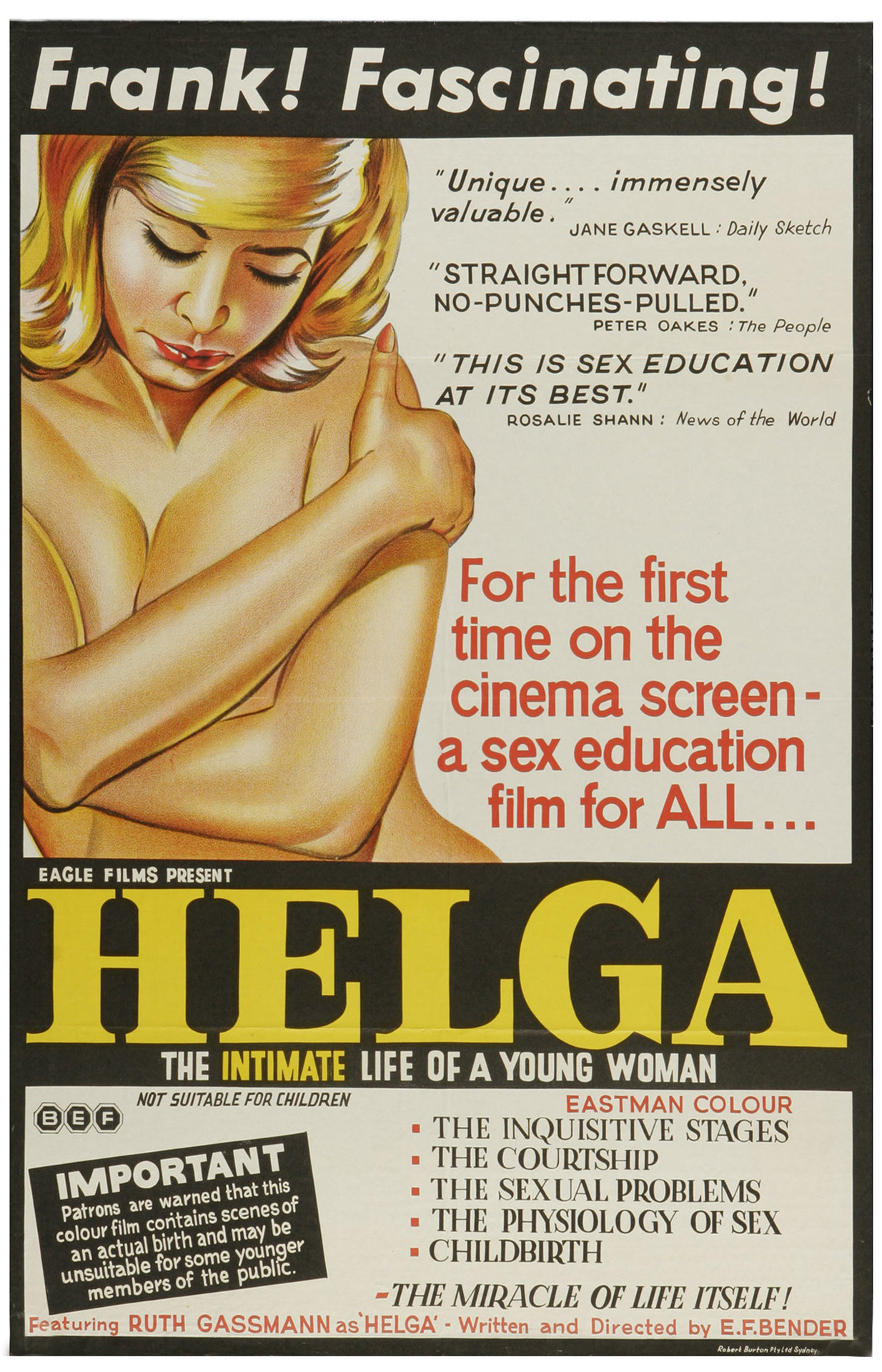
I started experimenting with different places, our toilet did not feel right. Down the end of our road was a wild piece of bracken and paths next to the golf course. While exploring there I found a damp stash of abandoned dirty magazines, which proved to be an exciting discovery. After a few visits on my bike, they disappeared and I thought about making my own secret stash there. Nothing came of it, simply too uncomfortable among all the brambles. Another time I found a building site with a stack of magazines left by the builders, I became a regular visitor on Sunday when no-one was about. Pictures of Lily solved my childhood problems sang the Who, and how right they were, they helped me feel alright. Once on a long boring holiday drive through France I had been amusing myself with sexual fantasies. We stopped at a mountain lay-by and I ran off to have a wank over the glorious view, quite risky but eminently worthwhile. Sometimes the urge to wank would simply overcome me, this happened particularly in afternoon history lessons at school, teacher droning on, dull as ditchwater. Yes I got caught in flagrante by a schoolmate, said I had itchy balls, but this did manage to rather put me off the idea. Later I had a fondness for wanking in other peoples bathrooms, always made it seem more dramatic. Must have been a consummate red-faced liar by this time.
One of the problems of my adolescence was the unexpected erection. This could occur at any time, no erotic thoughts or stimulation needed, this thing appeared to have a mind of it’s own. That is one of the reasons I have never worn those loose boxer shorts, and I found that even Y fronts appeared to have an escape hole. I was sitting innocently on the train home from school and suddenly the sharp eyed girls noticed a pointy lump in my trousers. I shifted position as if uncomfortable, but it was too late, my dick had escaped from my Y fronts and there was little I could do about it. I went bright puce and shrugged my shoulders. I was powerless to conceal the truth, there we are folks. Even worse was being caught in my pyjamas early one Sunday morning, dick sticking straight out through the loose fabric fly. My mother came into the room and I attempted to hide behind the empty dining room table, shuffling nervously. She asked what I was doing and I mumbled some blatant excuse. I presume she realised what was going on, because I was quickly left in peace. Ever since I have worn good tight briefs, hold it in place man.
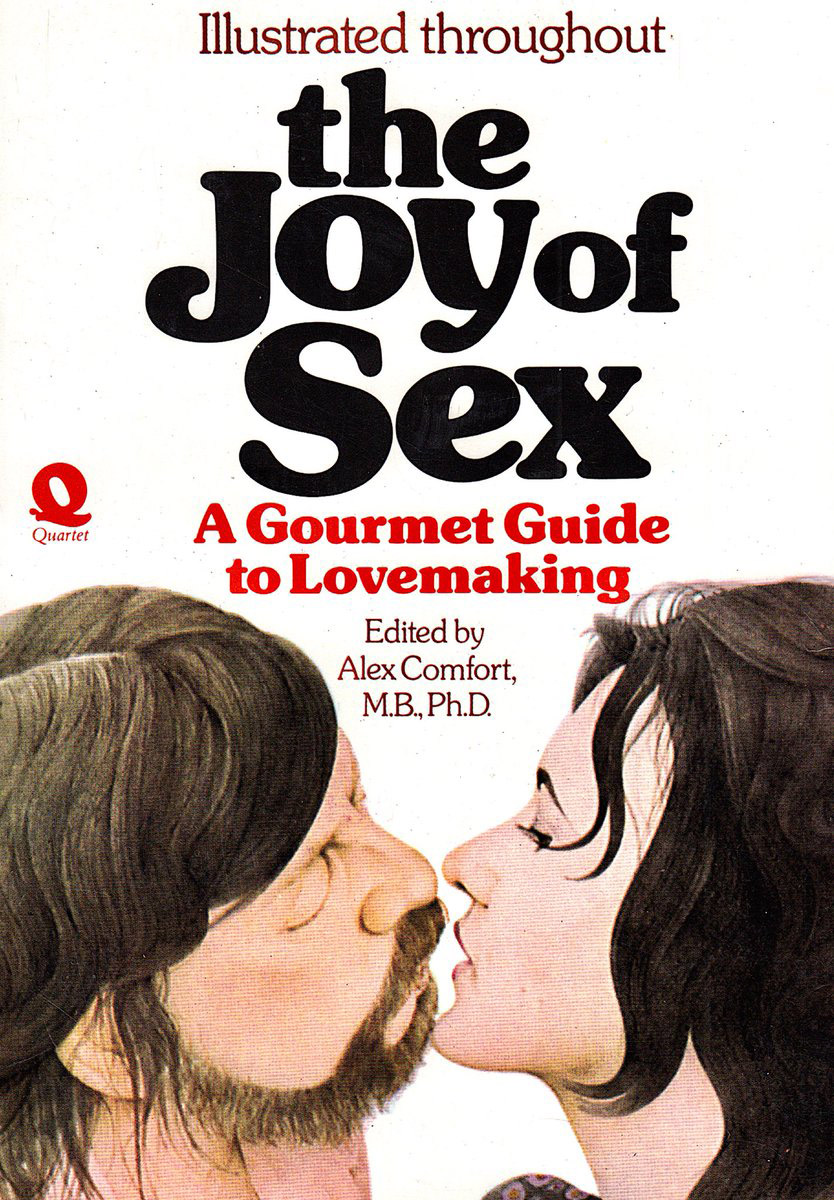
A few years later both my parents were often at work, so if I got off school early I had the house to myself. I proceeded to explore their bedroom and found such erotic classics as Fanny Hill, Portnoy’s Complaint and In Praise of Older Women. In addition there were some old copies of Playboy and Mayfair in the bedside cabinet. Much more exciting was a copy of The Joy of Sex subtitled A Gourmet Guide to Lovemaking, a British illustrated sex manual. To get round censorship issues this book did not have photographs but pen and ink line drawings. As a result they were highly explicit for the time, while also conveying a certain sensitivity and tenderness. I did not find them highly erotic, the bearded man didn’t help much, but this groundbreaking and popular book was certainly informative. For just a few weeks I did find some copies of the truly pornographic Danish publication Color Climax. This was well printed in A5 format with full orgy photo stories, from the fully clothed meeting, then oral, then anal, of course intercourse and finally the naked ejaculation. Not much has changed from this template. I presume these illegal magazines must have been loaned from a friend, dad had not been to Denmark, where pornography had been legalised in 1969. This was the the first hardcore pornography I had ever seen, it was both highly arousing and intimidating, if not slightly unpleasant. It was though a relief, in some ways, to finally see the real thing: pornography in color.
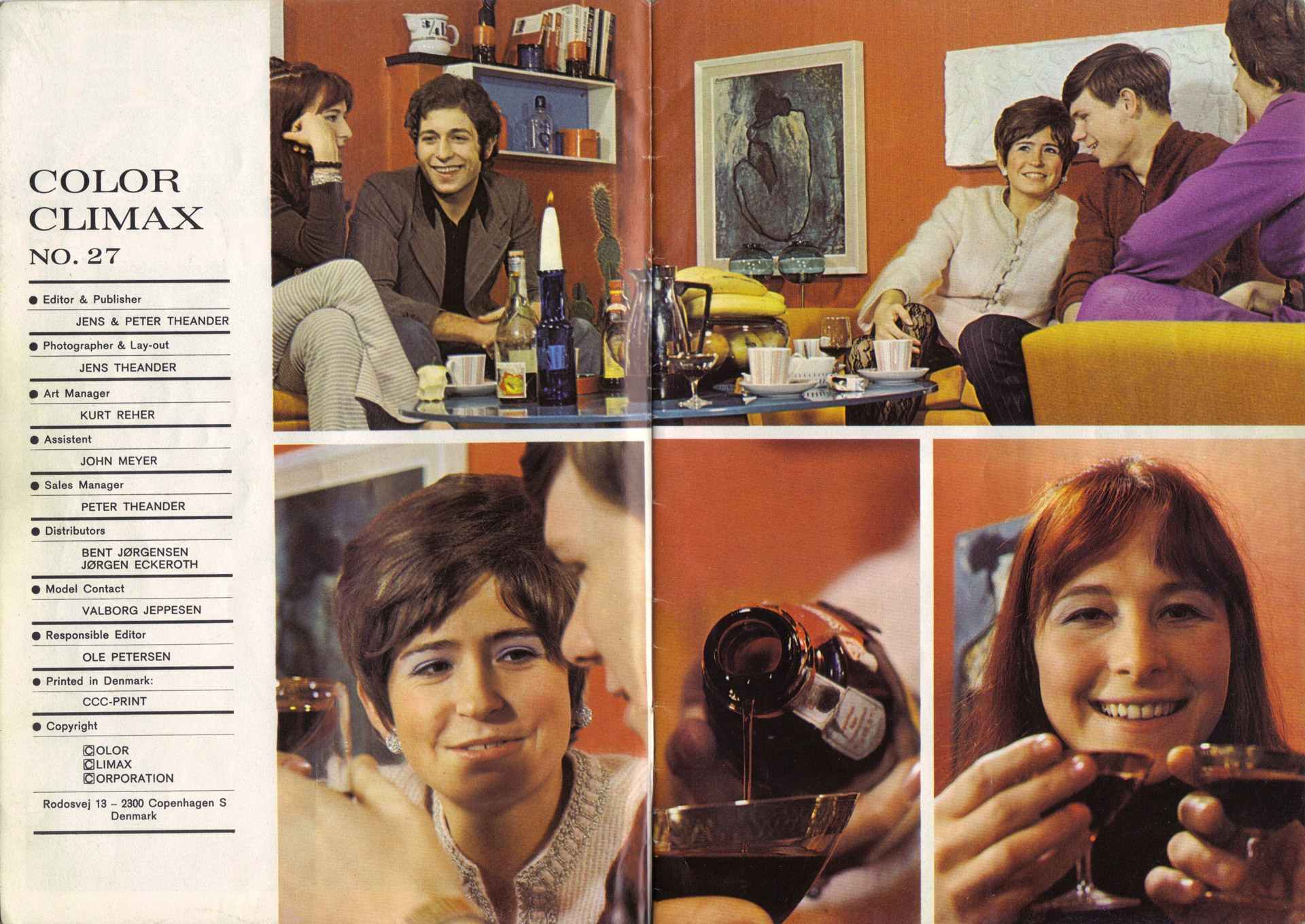
The rest of the magazine bares no resemblance to this opening spread…
I spent a year in France as a language assistant, where pornography had been legalised. Here I saw the gamut of poorly made sexploitation movies in the local town cinema. This was still a novelty so the cinema would be quite busy, and it seemed bizarre to be watching this smut with the headmaster of the school where I worked. The French didn’t care, in fact I discovered their sensitivity in these and other sexual matters were quite different to the prim British mores. In the local town there was a red light area, many blatant prostitutes on one lively street. I often walked down this street in fascination, though not temptation, to visit the school where a friend from the UK worked. As well as Deep Throat and The Devil in Miss Jones I did get to see one moving and powerful film in Paris featuring real sex, In the Realm of the Senses (Ai no Koriida) by Nagisa Oshima. Well over a million people saw this film in France, it was finally released in the UK in 1991. Fortified by this sexual liberation I was possessed to buy a gift for my parents, which I presumed would be unavailable in the UK. For reasons beyond me I chose Histoire d’O by Pauline Réage, beautifully illustrated with gothic line drawings by Guido Crepax. It was a proper large coffee table hardback edition, very popular in France, despite the S&M undertones. It was welcomed with a forced smile and obviously went nowhere near a coffee table in our house. What was I thinking? I blame the Marquis de Sade.
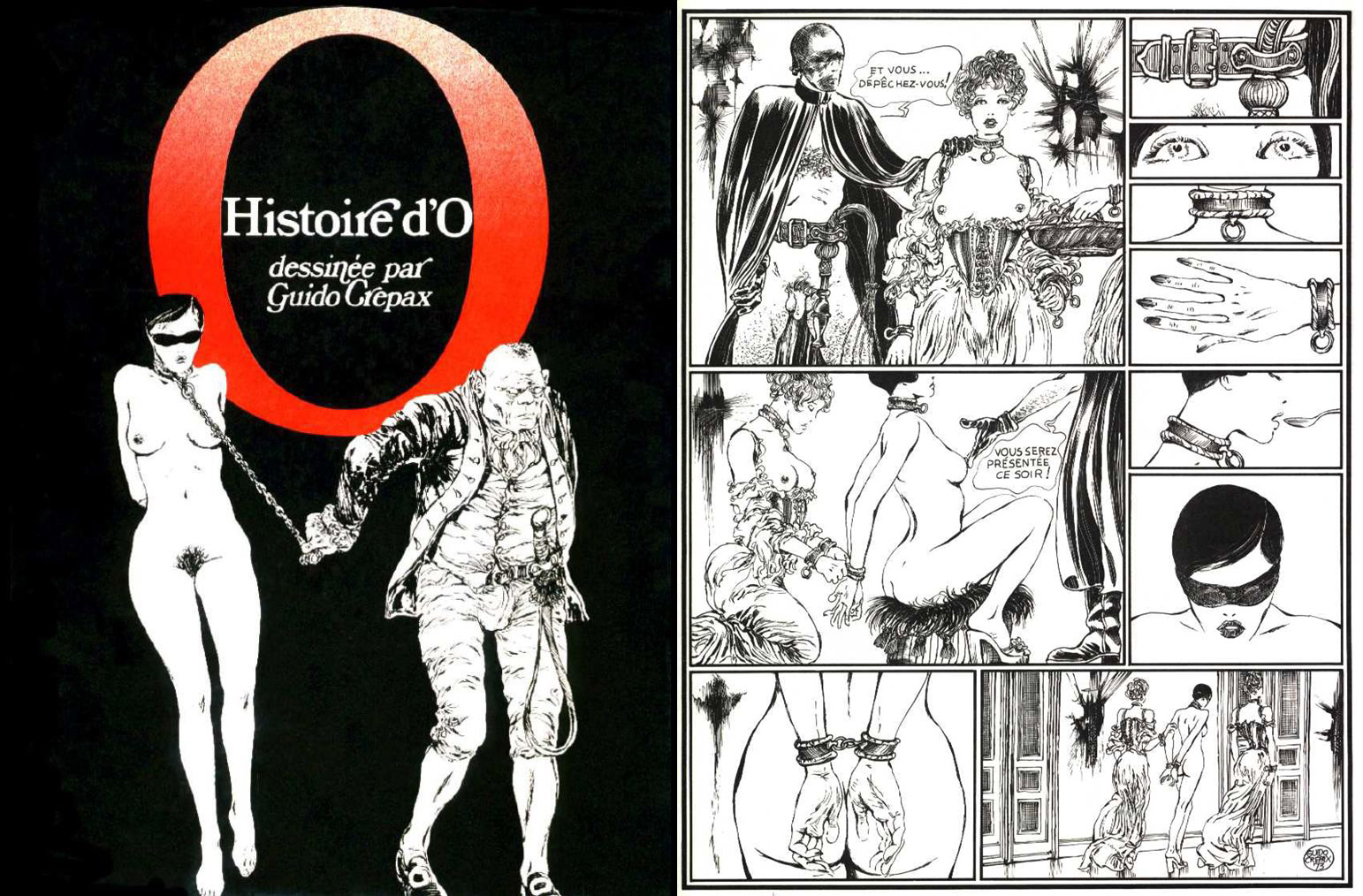
I have decided to end Part One of this memoir here, while I was still a frustrated virgin. Of course the wanking continued (to my surprise), but the whole situation becomes more complicated, if not compromising, when involved in a relationship. I should make it clear here that somehow my sexual fantasy life and my real sexual life have alway remained separate, though they are interconnected, because that seems to be healthier to me. I can also say that real sex is so much more than having a wank, that I feel embarrassed to put them in the same sentence. It’s the difference between fantasy and reality.
Of the many lurid texts I have read, this simple phrase has proven to be a sincere comfort:
A humid kiss
Is better than a hurried coitus
from The Perfumed Garden 15th c.
§
